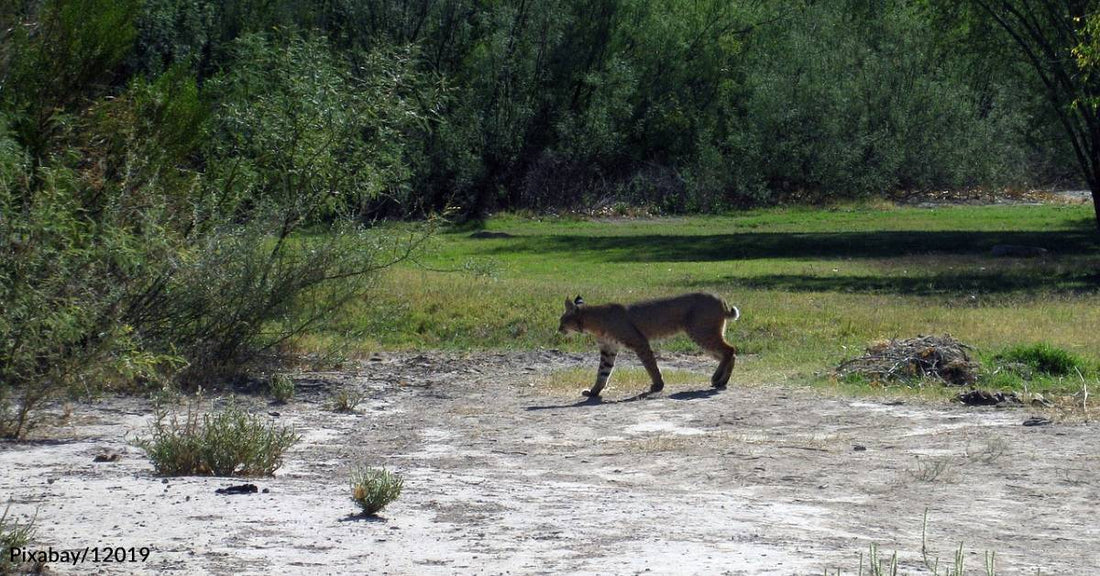Second North American Sighting of a Black Bobcat in Two Years Unrelated to First
Rebecca West
Recently, we told readers about a first-of-its-kind sighting concerning a black lynx in northwestern Canada. For a little background, there are considered to be four different types of lynx. They are the Canadian lynx, the Iberian lynx, the Eurasian lynx, and the bobcat, as they're referred to in the U.S. For the most part, they differ very little in markings and coloring, except that they are not black — that is, at least up until now.
So what gives? Black bobcat sightings are incredibly rare, with very few cases being documented.
Black Bobcats
The original encounter took place in August 2020, when wildlife biologist and professor at the University of Alberta, Thomas Jung, first caught sight of the strange creature near the town of Whitehorse, Yukon. But this second sighting took place in Anson County, North Carolina, on December 28 when something caught Jeff Miller's eye as he was out hunting.
"I was just sitting there looking and saw a rabbit go across my shooting lane," he stated. "Just a second later, I saw something black going right where the rabbit went. I wasn't really sure what it was." Very few people would have because of the unusually dark coloration.
North Carolina Wildlife
Miller reportedly texted a photo of the animal to the North Carolina Wildlife Resources Commission, which in turn notified him that it was a melanistic bobcat. Melanism is a condition similar to but opposite to albinism. Considered a rare hereditary condition, it involves high levels of melanin that manifests in dark coloration of the skin, hair, and eyes.
Melanism in Nature
In the case of the Canadian lynx, the same hereditary genetic condition was likely at play, according to experts who reviewed the footage Jung shot during his startling encounter. Adaptive melanism has been shown to occur in a variety of animals, including mammals such as the black eastern gray squirrel and many felines. For instance, the black panther is a melanistic leopard common in the equatorial rainforest of Malaya and some African mountain ranges.
Melanism in leopards is inherited as a Mendelian, monogenic recessive trait relative to the spotted form. Melanic forms of jaguar are even said to be common in certain parts of South America. The interesting thing with cats like these is that, in the right lighting, you can still see their spots beneath their sleek, shiny black coats.
In 1938 and 1940, two melanistic bobcats were trapped alive in Florida. To date, only a handful of others have been reported there. Pairings of black animals like these have a significantly smaller litter size than other possible pairings, so don't get your hopes up of seeing one in nature anytime soon — if ever.




